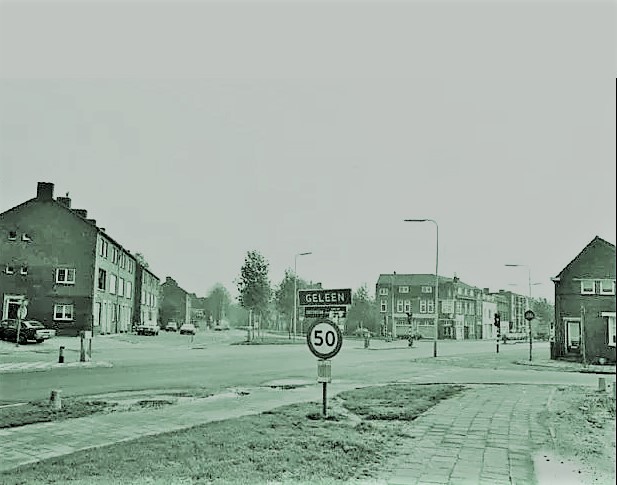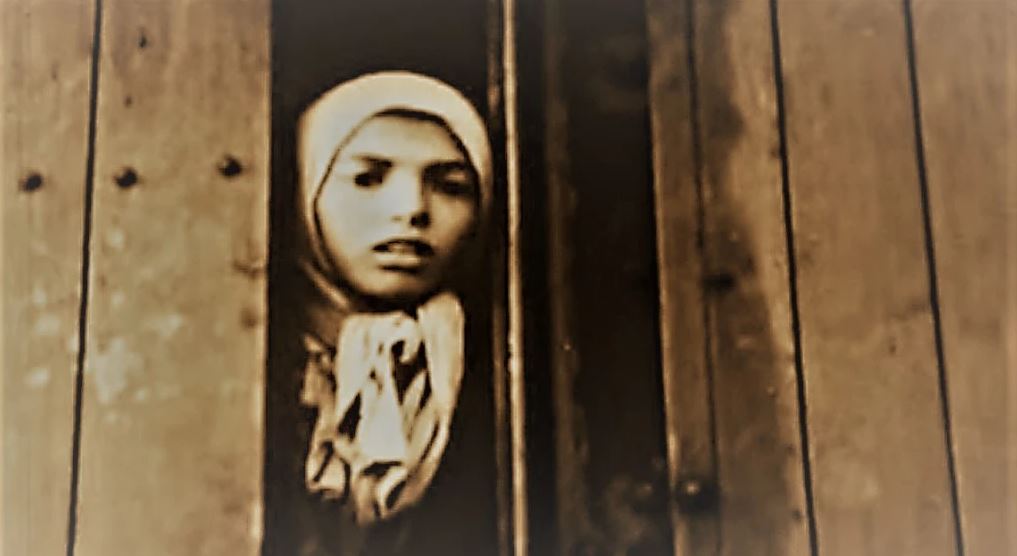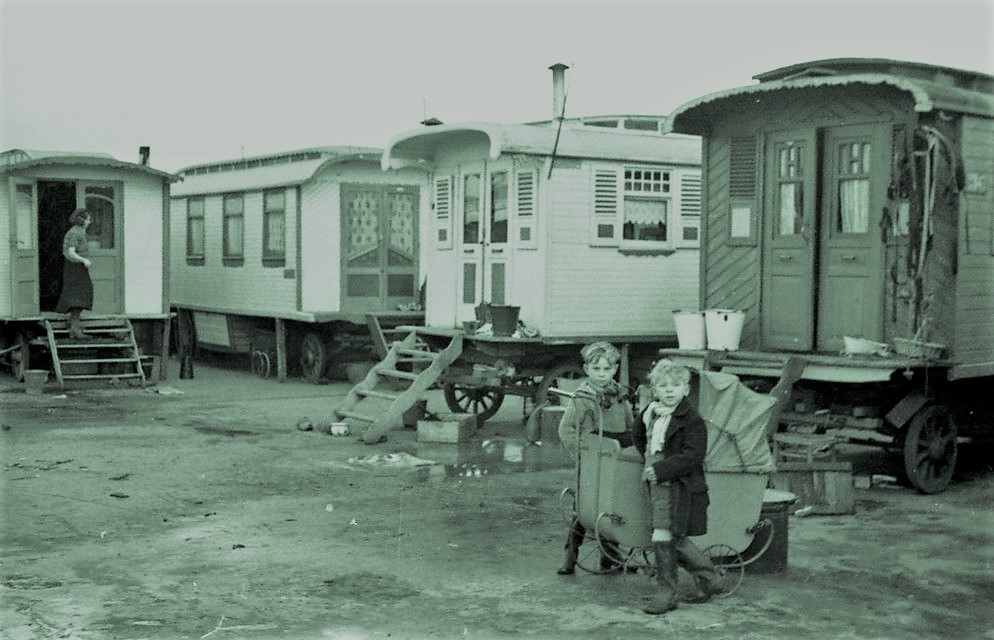
Geleen is a small former mining town in the province of Limburg, in the south east of the Netherlands. It is not a particular famous place, although it is the place where the first professional football was played in the Netherlands, and it used to host one of the world’s biggest rock festivals’PinkPop’
It is also the place where I was born and a boy called Philibert Steinbach. Most of us will have seen the picture of his sister ,Settela Steinbach.

Philibert Steinbach was born in Geleen on September 4, 1932. On May 16, 1944, Philibert Steinbach was arrested in Eindhoven. From May 16, 1944 to May 19, 1944 Philibert Steinbach was imprisoned in Camp Westerbork. From May 22, 1944 to August 3, 1944 Philibert Steinbach was in the Gypsy Camp of Auschwitz-Birkenau.
Sinti and Roma had to live in assembly camps outside cities from 22 June 1943, such as near The Hague or Eindhoven. At the behest of the Nazi occupier, the caravans were pulled together here and the Sinti and Roma concentrated. From that moment on, the Sinti and Roma were forced to live in the assembly camps or in a house. This made it easier for the occupier to arrest the Sinti and Roma a year later during the gypsy roundup.

The travel ban for Sinti and Roma , also known as the towing ban, was introduced on 1 July 1943. The wheels of the caravans were confiscated or had to be removed. Horses were also seized.

From May 22, 1944 to August 3, 1944 Philibert Steinbach was imprisoned in the Gypsy Camp of Auschwitz-Birkenau. On August 3, 1944 Philibert Steinbach was murdered in Auschwitz, he was aged 11.
The Sinti and Roma were seen by the Nazis as an inferior race and were persecuted for that reason. About 500 Sinti and Roma were deported from the Netherlands, almost the entire community. Across Europe, it is estimated that some 500,000 Sinti and Roma were murdered in concentration camps.
The picture at the top of the blog is an old picture of the start of the street in Geleen where I I grew up. When I was 11 I felt very safe and secure, due to a large part of my family living in the street. Nearly every second house would be occupied by an uncle, aunt or older cousin. Despite the fact that Philibert had a large family, he never enjoyed that safety. Most of his family were murdered just like him.
Only recently I discovered that I am related to the Steinbach family via some in laws. 77 years after the war I am still discovering new aspects of the horrors of the Holocaust.
This is the only official document I could find of Philibert, it was issued by the war graves foundation on February 26,1958.
sources
https://www.oorlogsbronnen.nl/tijdlijn/Philibert-Steinbach/01/102563
https://www.stolpersteinesittardgeleen.nl/Slachtoffers/familie-Steinbach
https://www.joodsmonument.nl/nl/page/658691/philibert-steinbach
Please support us so we can continue our important work.
Donation
Your readership is what makes my site a success, and I am truly passionate about providing you with valuable content. I have been doing this at no cost and will continue to do so. Your voluntary donation of $2 or more, if you are able, would be a significant contribution to the continuation of my work. However, I fully understand if you’re not in a position to do so. Your support, in any form, is greatly appreciated. Thank you. To donate, click on the credit/debit card icon of the card you will use. If you want to donate more than $2, just add a higher number in the box left from the PayPal link. Your generosity is greatly appreciated. Many thanks.
$2.00
Leave a reply to dirkdeklein Cancel reply